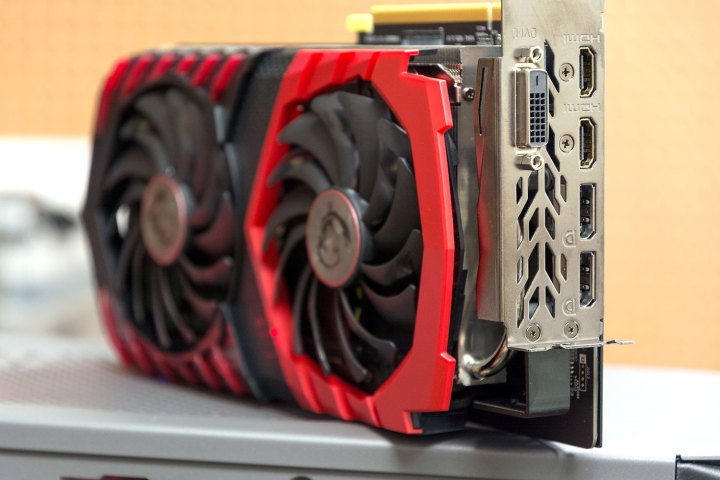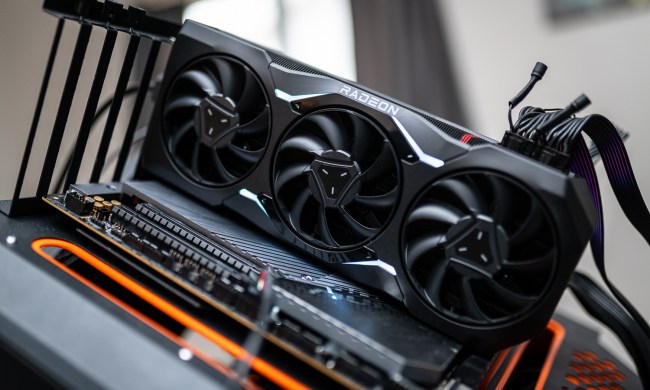
Following on from AMD’s strong showing earlier this year with the release of its Ryzen CPUs, Vega has received a lot of hype that it might not have otherwise. While it’s been a long time since AMD competed directly with Nvidia’s top-end graphics cards, Vega is expected to do so and this latest leak backs up that claim.
While we don’t know all the details about the card in question, whatever it is, it should be rather powerful. With a boosted core clock that is said to have a maximum of 1,600MHz, that goes beyond even the enhanced clocks of the RX 500 series and is leaps and bounds beyond the recent 3Dmark Vega results card.
Sixteen gigabytes of memory is impressive, too, even if it is only GDDR5. However, with the rumor that Vega will make use of the second-generation of the high-bandwidth memory (HBM2) used previously in the Fury range of cards, 16GB of that holds huge potential.
There has been some speculation on sites like VideoCardz, that this latest leak could instead be of a Radeon Pro card, featuring dual graphics processors. However, the recent Polaris Radeon Pro reveal sports a clock speed of just 1,243MHz per chip, which suggests that cooling a card with dual chips at higher clock speeds would be problematic.
We’ll need to wait for the expected June release date to get concrete details about Vega. However, if AMD fan wishes have been granted and this card is indeed a single-chip Vega card with a 1,600MHz core clock and 16GB of HBM2, it would likely give anything Nvidia has a run for its money.




